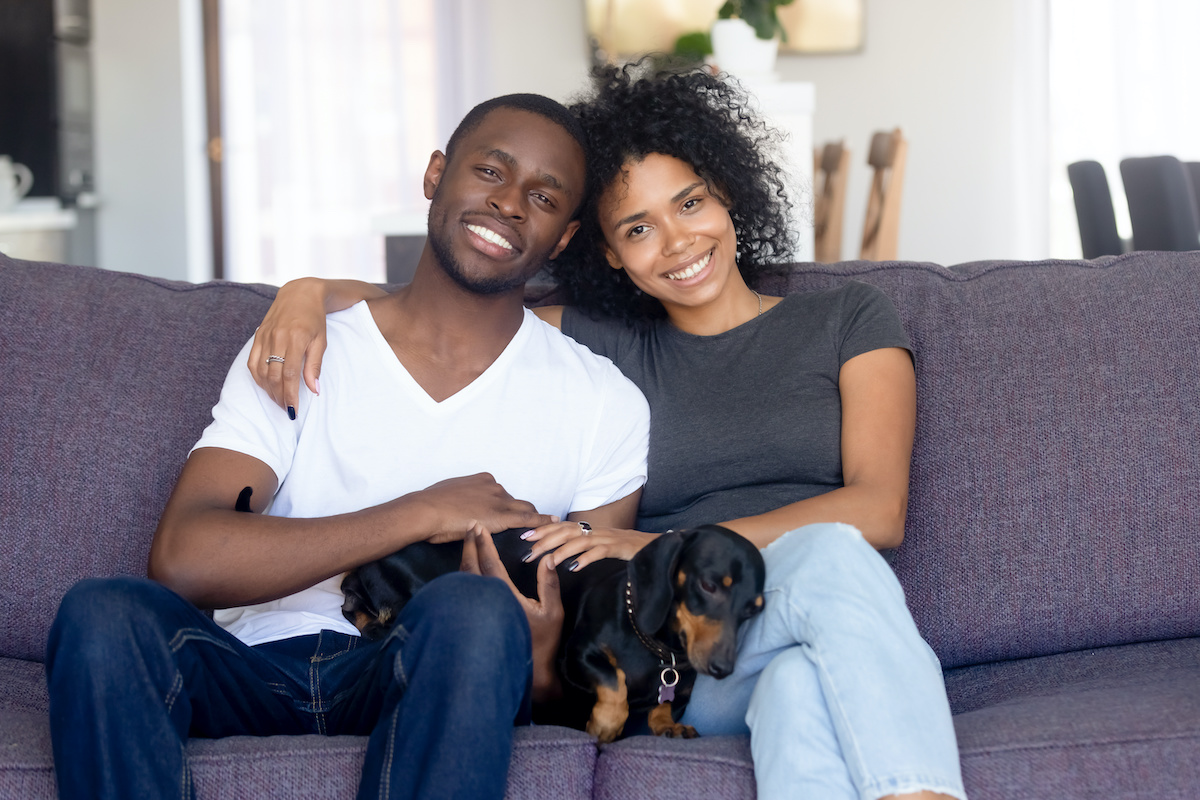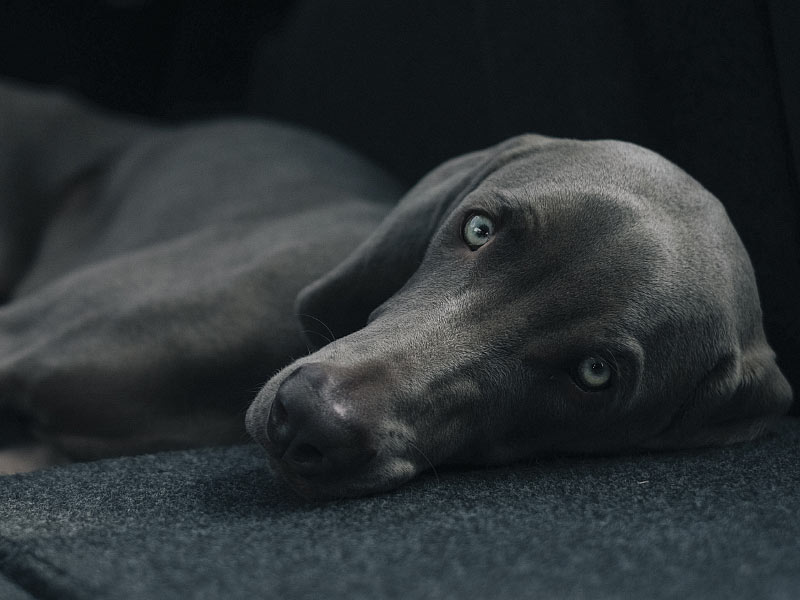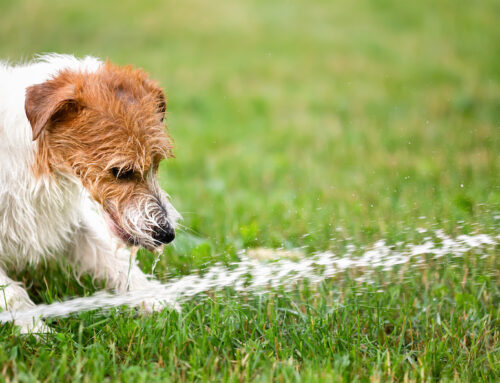If you’ve found a rescue dog to adopt through a verified shelter or animal rescue, there are a few things you need to do before you bring the dog home. You’ll want to prepare your home and establish ground rules with all family members before the dog arrives. You also have to allow time for the all important dog decompression routine once the dog is home with you.

#1 Prepare Your Home for the Arrival of a New Dog
Once you have received word from a shelter or rescue that a dog has been matched and you’ve spent time with the animal and decided to adopt it, that is the time to prepare the home for the dog’s arrival. The things you need to focus identify include:
- Location for the dog to sleep and eat
- Where food will be stored
- Areas of the home will be off-limits and how you’ll block access
- Contacting a vet for the first check-up
- Assignment of the dog’s feeding, watering, bathroom, and exercise needs
- Location of bathroom and exercise needs
- Accessories for the car for transporting the dog
It is important to discuss the arrival of the new dog with your family members and to create a plan. This will reduce both your stress and the dog’s stress once she arrives.
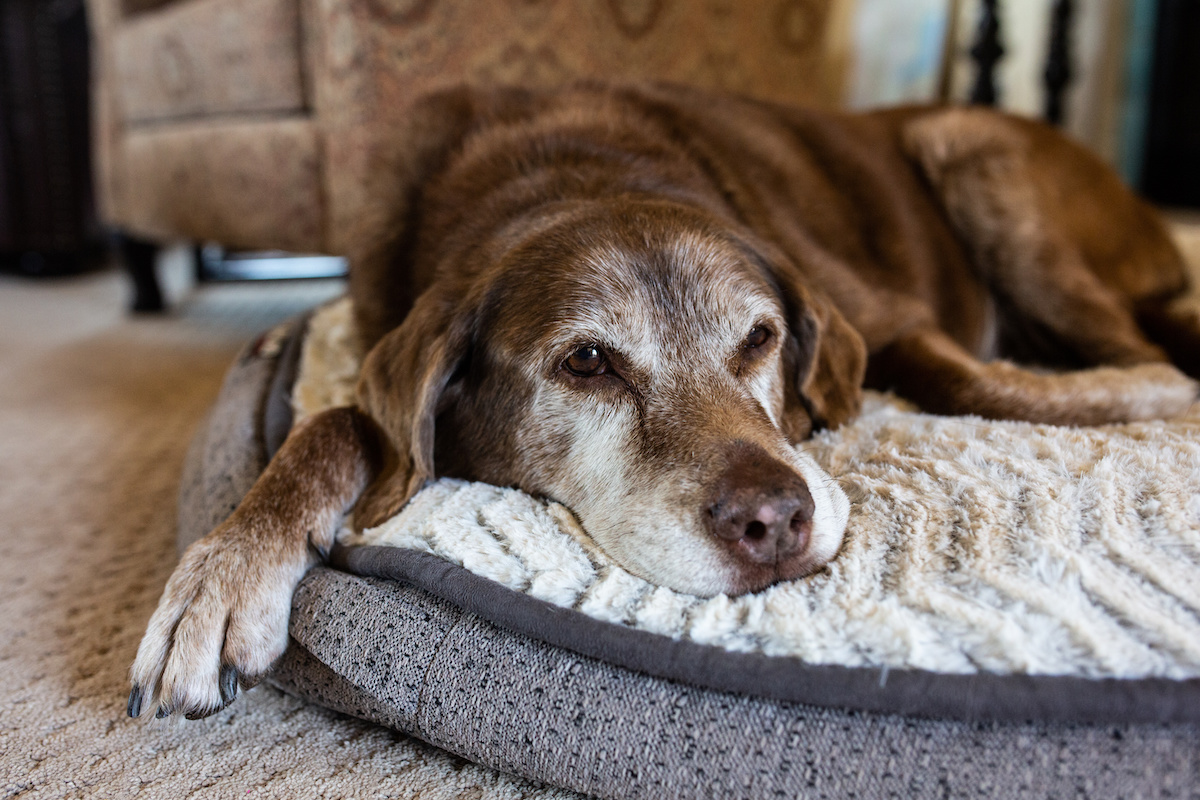
Location, Location, Location
Do you want pets in the bedroom? If not, establish that ground rule and put gates in place before the dog arrives. Not everyone will remember to keep bedroom doors closed shut (and some dogs can open doors!). Provide towels or pet bedding for your new pooch. What about location of the food and water bowls? These should be out of the way of foot traffic and easy for the dog to access from within his space in the home.
Block Access to “No Dog Areas” in the Home
Gates of all types are available online and from most pet stores. When selecting ways to block access to a room or home, consider the size of your animal, their agility factor and any other characteristics or special needs of the rescue dog. Be mindful of a dog’s access to things in the kitchen or a bathroom, where products that could be toxic to an animal are typically stored.
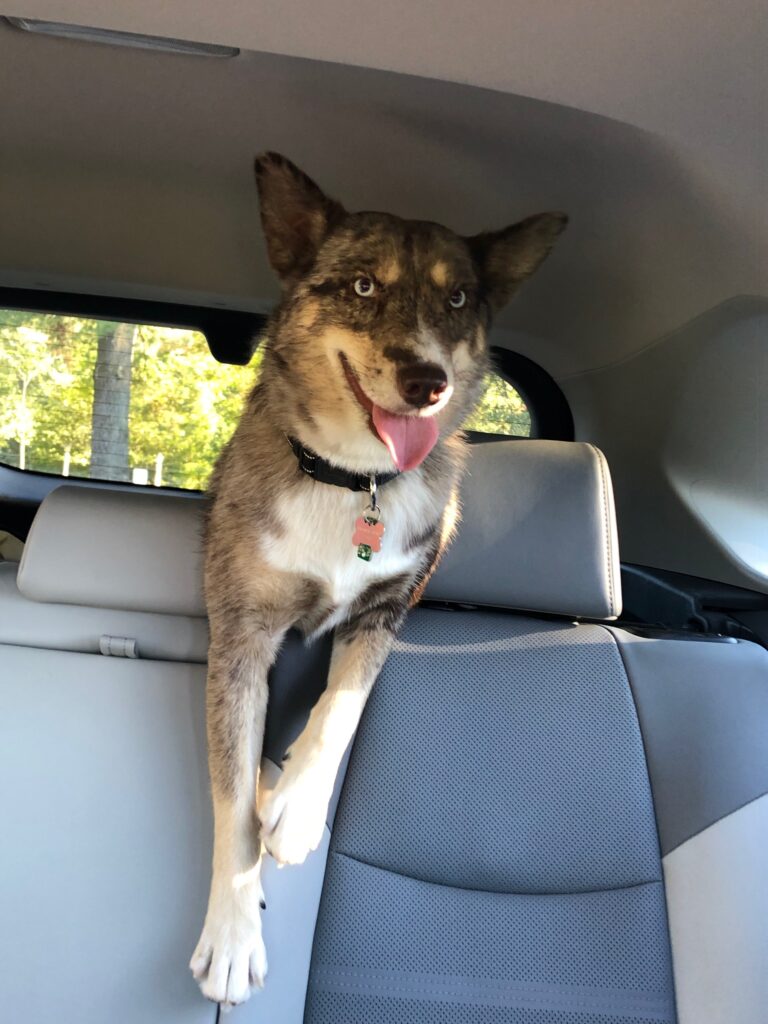
Make the Car Dog Friendly
You have no idea if your new dog is a chewer or not. The last thing you want is for your new dog to take a bite out of your backseat. Purchase appropriate trunk or seat covers and keep dog-safe chew toys with the dog. If your new dog likes to hop into the front seat, you may need to install a seatbelt for him or a seat barrier to keep Fido in the back of the car. This is for the safety of the driver and all passengers as well as the dog.
Secure the Dog Food
If you don’t want a houseful of ants, a big mess, or a bloated dog…store the dog food in sealed containers in a closet that the dog can’t access.
Call the Vet
Have the first check-up with the new vet scheduled before the dog comes home with you. Some vets might offer a complimentary first office visit to do a health check, make sure all health records are in order, and get to know the dog’s new owners.

Who’s Taking Care of the New Pooch?
Discuss with family members how often the dog needs exercise, bathroom breaks, food and watering. For the first few weeks, establish a schedule for each family member to be responsible for a dog-care task.
Where’s the Pooch Potty?
Some folks don’t mind if a dog poops on their property–just make sure you pick-up after your dog or you may track something smelly into the house. If you walk the dog for bathroom breaks, be respectful of other people’s property and clean-up after your pet. Most neighborhoods and parks have dog “potty stations” with a trash receptacle and poop bags.
Who’s Walking the Dog?
If you don’t have a fenced-in yard (and even if you do), remember that all dogs need a regular exercise routine to protect their health and wellbeing (yep, just like people). Plan several walks a week with your dog. This provides time for bonding and training, too.
#2 The Dog is Coming: Call a Family Meeting
In the first days, and perhaps weeks with your new dog, you and every member of your family must know the care plan and the rules of engagement and practice them consistently. Some of the essentials of early interaction with a new dog inclue:
- approaching the dog slowly and gently
- approaching on the dog’s level from the front, not from behind
- not leaning over the dog or touching sensitive areas (tail, head)
- not intentionally startling, and never taunting the new dog
- using loose leash training around the house
There are many wonderful books and websites that cover dog body language and canine communication. You vet might be able to suggest a few at your initial appointment.
Remember, your dog is a pack animal; your family is her new pack. She is going to study each of you and learn who is in charge, who is her playmate, and who controls the resources (food, water, exercise and access to the outdoors). The more clear you are with your family members about what is and isn’t okay when acclimating to the new pet, the smoother the transition will be for all two-legged and four-legged family members.
#3 Don’t Dodge Dog Decompression
Dog decompression should never be overlooked even if you think you have brought home the “perfect dog” from an ideal prior home or shelter situation. You just never know: dogs are masters at holding back their true personality until you have proven to them that they can trust you.
Decompression is a process of removing pressure in order to return to a normal, more relaxed state after a period of intense physical or psychological stress, or urgent activity.
A rescue dog, even one from the best of circumstances goes through decompression every time it is moved from place to place or there is a change in routine.
Typical Dog Decompression Routine
- First 2 days: Do absolutely nothing with your new dog when you bring them to your home. Allow the dog to investigate the area you’ve created for him or her. Don’t plan trips, lots of guests, or bath time.
- Over the next 48 hours, the ONLY activity your dog should be invited to do is eat and go out to potty.
- Keep the dog on a loose leash attached to your hand or belt clip and walk them to their water dish. Also provide a little bit of kibble (but don’t expect them to eat right away).
- Have a crate and dog bed available for them to go do and let them rest. The dog may sleep a lot in these first days.
- The dog will be observing you and listening to the activity around the house. They are learning the role of each family member in relation to the others. They are now, and will be for weeks, trying to find their spot in the pack—your family.
- If the dog approaches you for play or attention, respond gently and lovingly. Be mindful not to overwhelm the dog with multiple people petting and calling the dog. This is not the time to invite over a lot of kids or people.
- Observe your dog. If you see any signs of resource guarding, teeth showing, or fear response, you need to slow down. This is a good time to reach out to the shelter or your vet for further guidance.
The decompression period for a new dog is 48 hours. It may be longer for older dogs or a dog with a more difficult or unknown history.
After the initial two days of decompression, your dog should start to become curious about the house and the people in it. This is why proper room blocks are essential for their safety and for protecting your property.
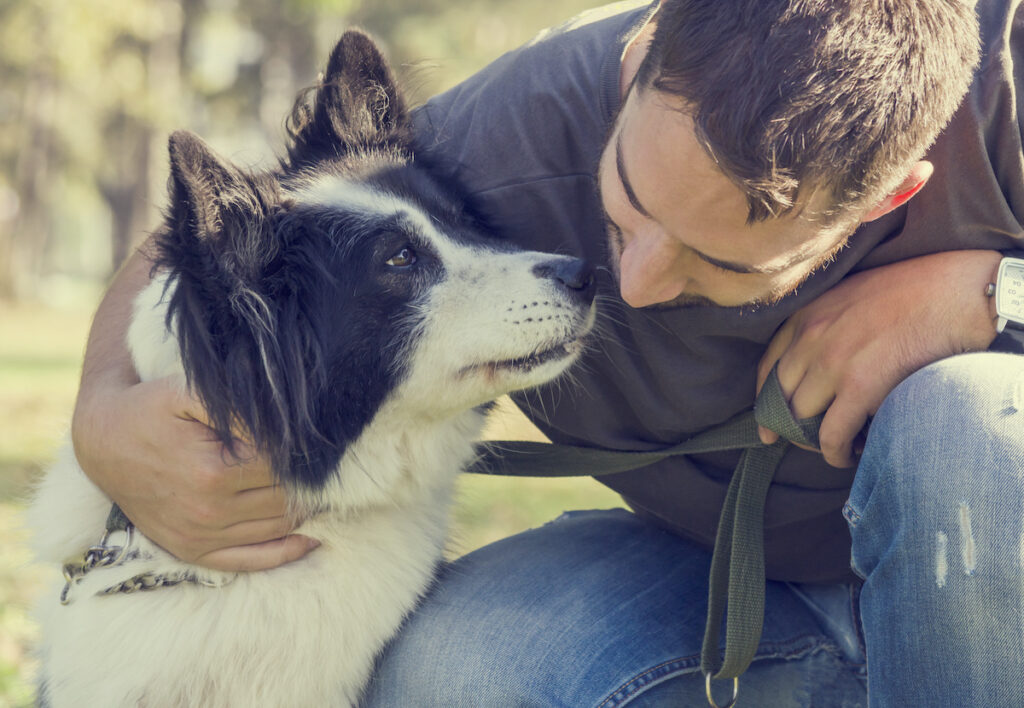 Keep in mind that rescue dogs have many stages of transition–yep, just like people. They may be initially reserved and keep to themselves (they’re still watching you with one eye open). One month later, the dog starts to interact more. You will see different sides to her personality. Three month later, you have a stronger sense of what the dog likes, dislikes, will tolerate and what types of reward motivate the dog to obey. This is a great time to start basic obedience training. By six months you are likely to see your dog as a full-fledged member of the family who also knows her place–well, most of the time!
Keep in mind that rescue dogs have many stages of transition–yep, just like people. They may be initially reserved and keep to themselves (they’re still watching you with one eye open). One month later, the dog starts to interact more. You will see different sides to her personality. Three month later, you have a stronger sense of what the dog likes, dislikes, will tolerate and what types of reward motivate the dog to obey. This is a great time to start basic obedience training. By six months you are likely to see your dog as a full-fledged member of the family who also knows her place–well, most of the time!
If you have any questions about helping your new rescue dog acclimate to your home and a new routine, please call the friendly vets at Animal Care Center. We’re hear to help you and your pet be happy, together!
If you enjoyed this article, please take a look at The Rescue Dog Series Part I and Part II.

